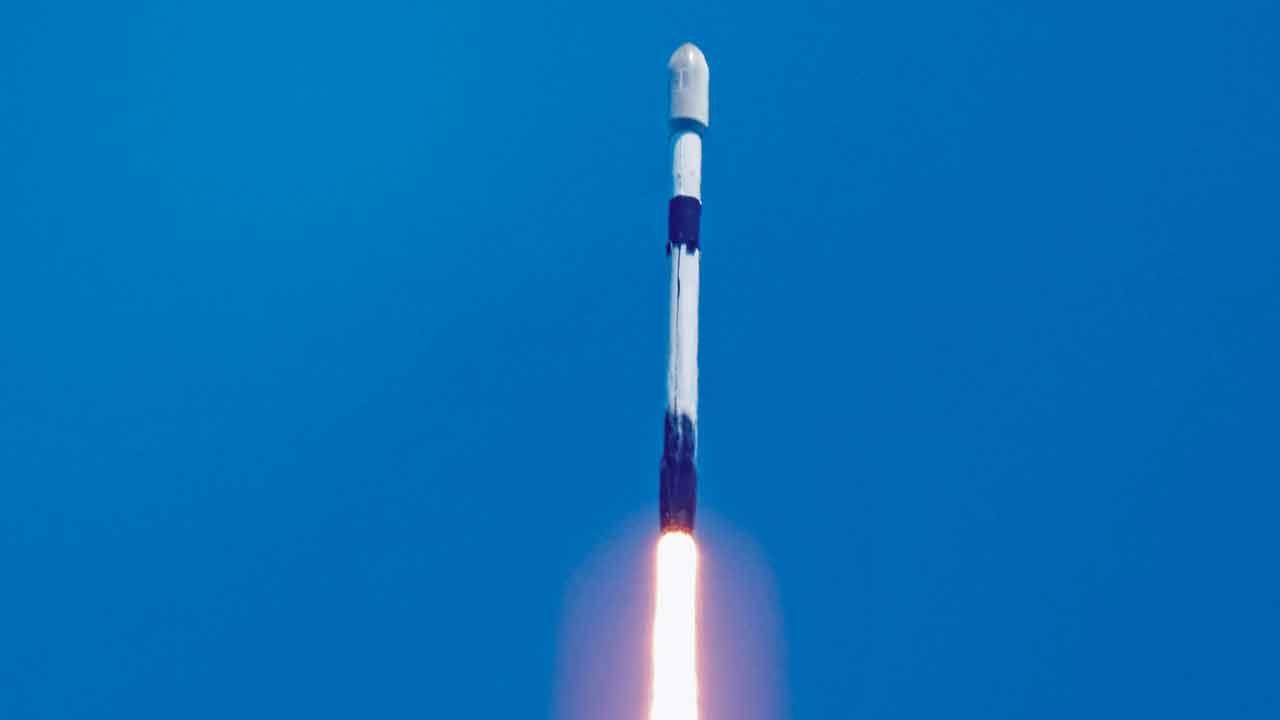Several minutes into the flight, the upper stage engine malfunctioned.

The Falcon 9. File Pic/Getty Images
A SpaceX rocket has failed for the first time in nearly a decade, leaving the company’s internet satellites in an orbit so low that they’re doomed to fall through the atmosphere and burn up. The Falcon 9 rocket blasted off from California on Thursday night, carrying 20 Starlink satellites. Several minutes into the flight, the upper stage engine malfunctioned.
ADVERTISEMENT
SpaceX on Friday blamed a liquid oxygen leak, the company said flight controllers managed to make contact with half of the satellites and attempted to boost them to a higher orbit using onboard ion thrusters. But with the low end of their orbit only 84 miles (135 kilometres) above Earth “less than half what was intended, our maximum available thrust is unlikely to be enough to successfully raise the satellites,” the company said via X.
SpaceX said the satellites will reenter the atmosphere and burn up. There was no mention of when they might come down. More than 6,000 orbiting Starlinks currently provide internet service to customers in some of the most remote corners of the world. The Federal Aviation Administration said the problem must be fixed before Falcon rockets can fly again. It was not known if or how the accident might impact SpaceX’s Elon Musk said the high flight rate will make it easier to identify and correct the problem. Meanwhile, Tom Mueller, SpaceX’s former vice president of propulsion, who designed Falcon 9’s engines, said, “We knew this incredible run had to come to an end at some point.The team will fix the problem and start the cycle again.”
This story has been sourced from a third party syndicated feed, agencies. Mid-day accepts no responsibility or liability for its dependability, trustworthiness, reliability and data of the text. Mid-day management/mid-day.com reserves the sole right to alter, delete or remove (without notice) the content in its absolute discretion for any reason whatsoever
 Subscribe today by clicking the link and stay updated with the latest news!" Click here!
Subscribe today by clicking the link and stay updated with the latest news!" Click here!












